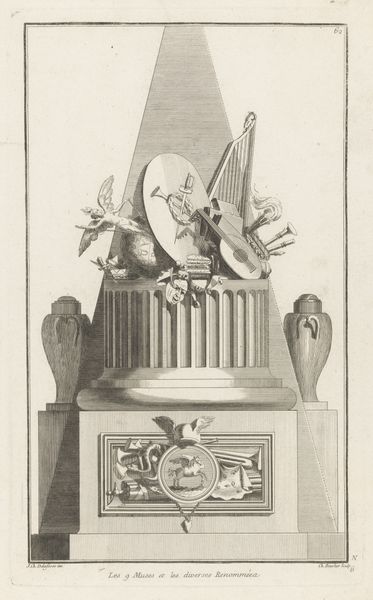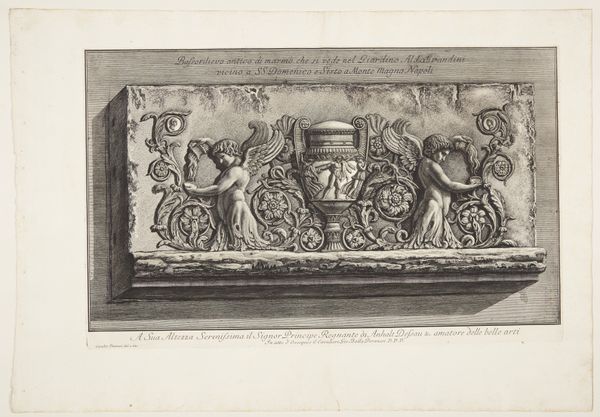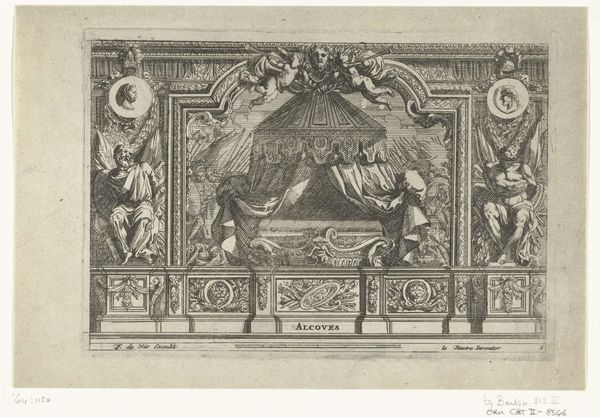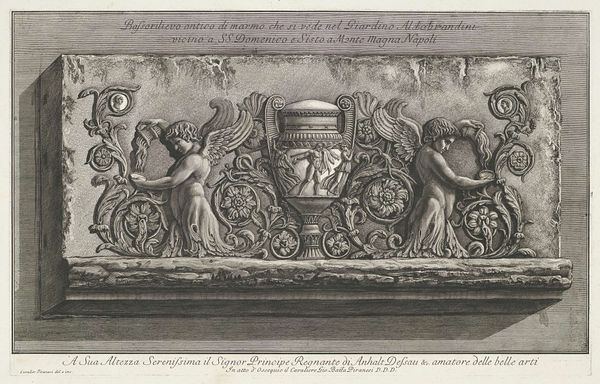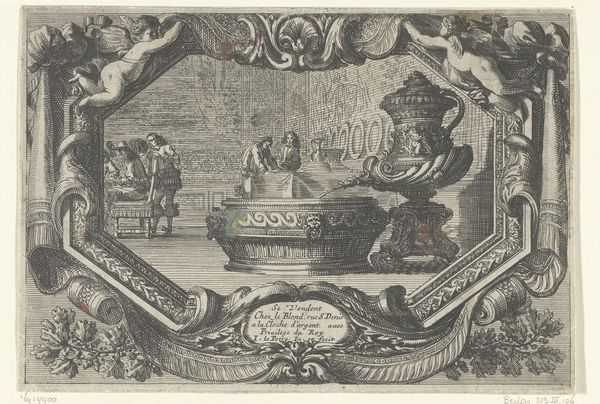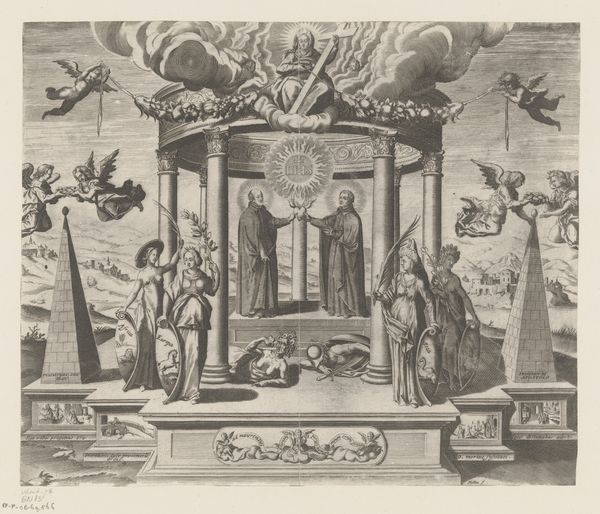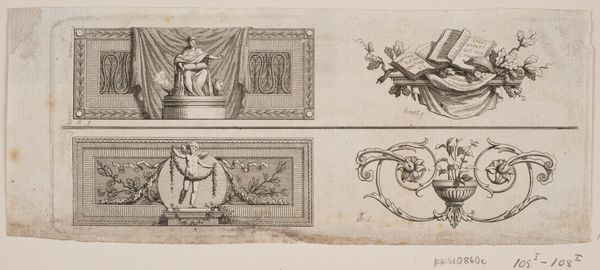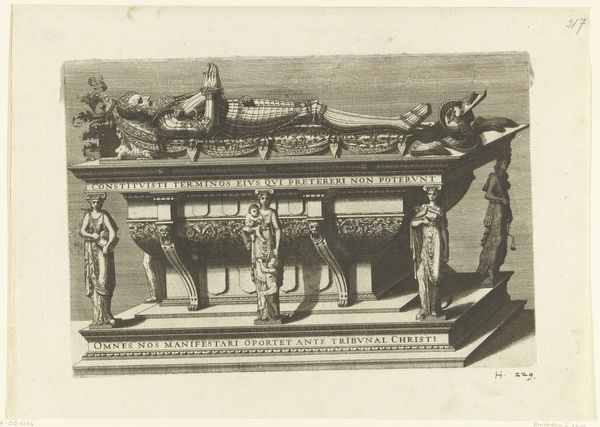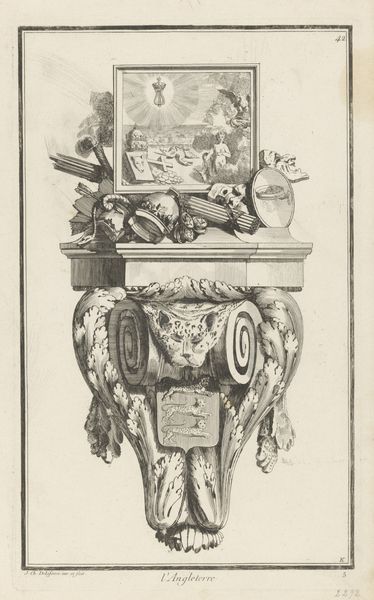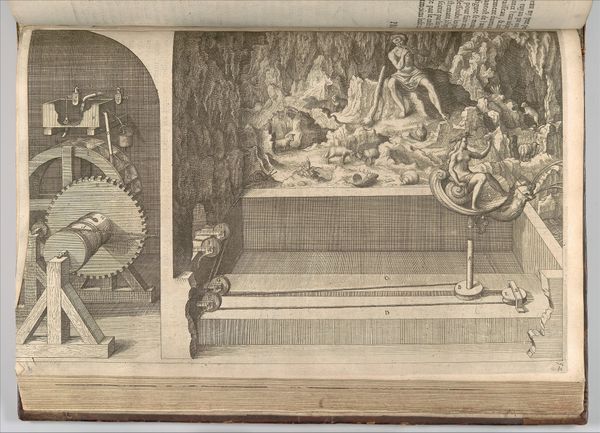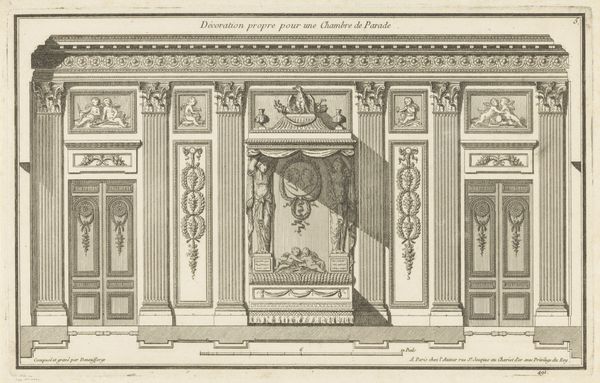
The Roman antiquities, t. 3, Plate LIII. Marble urn with a lid found in the Mausoleum of Cecilia Metella.
0:00
0:00
carving, print, metal, photography, marble, engraving
#
carving
# print
#
metal
#
greek-and-roman-art
#
form
#
photography
#
geometric
#
ancient-mediterranean
#
carved
#
line
#
marble
#
engraving
Copyright: Public domain
This is Giovanni Battista Piranesi’s etching of a marble urn, part of his series on Roman antiquities made in the mid-18th century. Piranesi was an artist and architect, deeply invested in the grandeur of ancient Rome. The etching depicts fragments of a marble urn discovered in the Mausoleum of Cecilia Metella, a noblewoman from the first century BCE. Piranesi’s work wasn't just documentation; it was an interpretation. He presented these ruins at a time when Europe was rediscovering classical antiquity, fueling a fascination with the past. By etching these objects, Piranesi played a role in shaping how Rome was perceived and idealized. The urn, once a vessel holding the ashes of a woman of power, is now presented in fragments, inviting reflection on time, memory, and the narratives we construct from the remnants of history. What does it mean to look at objects of the past and how do we interpret their stories?
Comments
No comments
Be the first to comment and join the conversation on the ultimate creative platform.
